- Family reunion
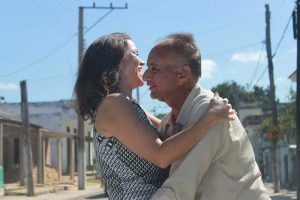 Read more
Read moreWhen I returned to Cuba after a two-year hiatus in visits in 2011, my closest relatives like Tío Tiki confessed to having prepared themselves emotionally to never seeing me again. I had been the first person in my family to ...
- CARLOS III MARKET, A RELIC OF THE BATISTA ERA
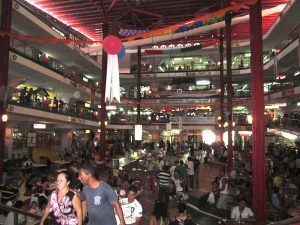 Read more
Read moreFunded through government loans approved by the dictator Fulgencio Batista for his friends and cronies in the mid-1950s, the “Carlos III Market” represented the epitome of modernity. From the series, “La Lucha ”: Citizen Resistance, Government Recalcitrance ...
- TRIUMPH OF THE MIDDLEMEN
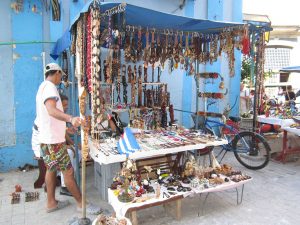 Read more
Read moreAs documented in our first Fotodiario on the Special Period, artisans in Cuba were once relegated to selling their wares by hanging them from the handle bars of their bikes and riding past tourists on the beach in the hopes ...
- RAÚL CASTRO’S SHOOTING RANGES
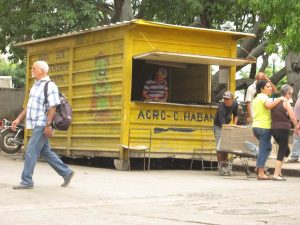 Read more
Read moreFew Cubans who experienced the first five years of the Cuban Revolution and Fidel Castro’s rule would forget the preponderance of guns. Uniformed and ununiformed revolutionaries exhibited waists strapped with pistols. Anti-aerial weapons stood guard alongside the Malecón. Everywhere young ...
- ICE FOR SALE—IN CUBA!
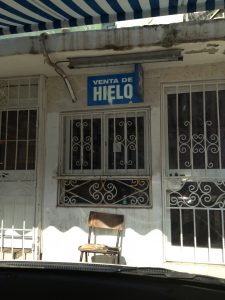 Read more
Read moreNeedless to say, trying to maintain an ice-making and ice-selling business was unthinkable during the Special Period when electricity was as hard to come by as fresh fruit and nutritious, varied food. Perhaps one of the greatest barometers of economic ...
- Bacardí Corporation’s unmistakable bat:
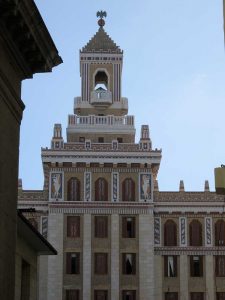 Read more
Read moreTopping this building’s magnificent art deco turret is a bat, the symbol of the Bacardí family and Cuba’s oldest rum-making company, now headquartered in Puerto Rico. Built in the early 1930s, the twelve-story skyscraper symbolized an apex in the architectural ...
- Sabrina, Pionera de Martí:
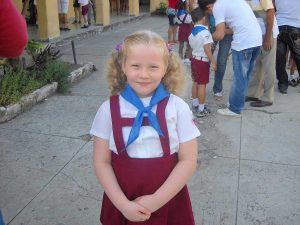 Read more
Read moreSince the 1970s when Cuba more formally adopted the uniforms and practices of the Soviet Union’s Communist Pioneers, children in later years of primary school began to wear Stalin red kerchiefs and matching jumpsuits modeled after their Soviet counterparts. However, ...
- “Continuamos… [We continue]…”:
![“Continuamos… [We continue]…”:](https://cubanstudies.history.ufl.edu/wp-content/uploads/sites/173/5.-Continuamos-300x225.jpg) Read more
Read morePainted by a local Committee for the Defense of the Revolution, this propaganda sign echoes dozens like it displayed across Cuba’s public landscapes. It refuses to admit opposition and insists that all Cubans agree: “We continue defending the Revolution.” In ...
- My family’s house near collapse:
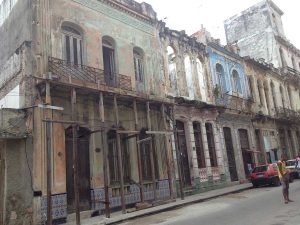 Read more
Read moreFound on Calle Virtudes, just steps away from the Hospital Hermanos Almejeira, my family’s home began to collapse under the weight of so many decades of neglect. It was not their fault. For three decades, Communist laws had criminalized the ...
- Comida exótica [Exotic food]:
![Comida exótica [Exotic food]:](https://cubanstudies.history.ufl.edu/wp-content/uploads/sites/173/3.-Comida-Exotica-300x200.jpg) Read more
Read moreAs I have learned from bringing more than 80 students to Cuba in the last twenty three years, Cubans who have spent the last sixty-plus years isolated from the corporate capitalist world of fast and processed foods can sometimes misinterpret ...
- Orchids, endemic to Cuba:
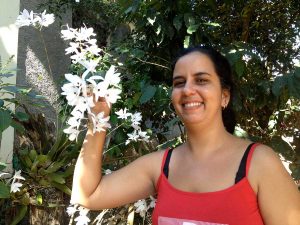 Read more
Read moreMore than two hundred species of orchids are endemic to Cuba, particularly Pinar del Río, the far western end of the island where any remaining patch of forest features them boldly. Although my extremely brown thumb has never managed to ...
- Homemade dulce de coco:
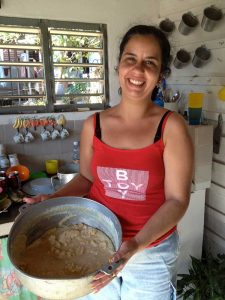 Read more
Read moreIn the United States, even the most traditional Cuban cook rarely has at his/her disposal a grove of homegrown coconuts, let alone the knowledge (or even the machete required!) to prepare and grate them into the exquisite dessert called dulce ...
- Museo de los Comités de la Defensa de la Revolución
 Read more
Read moreOne of the major shocks of my return to Cuba in 2011 after a two-year hiatus was stumbling across this museum in honor of Cuba’s neighborhood surveillance squads. From the series, “La Lucha ”: Citizen Resistance, Government ...
- Samuel Weinstein’s Divine Loom
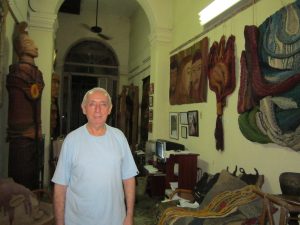 Read more
Read moreSamuel Weinstein was a religiously observant Jewish Cuban whose father had been an accountant on the sugar estate in the 1940s where his Spanish-born mother worked when Samuel was born. Although illegitimate, Samuel nonetheless benefitted from his father’s legal recognition ...
- New Chinese-Made Fridge
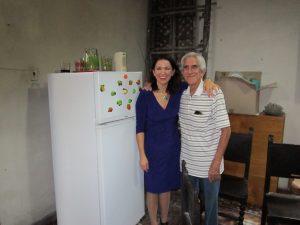 Read more
Read moreBetween 2005 and 2006, Fidel Castro carried out a heavily promoted and wildly unpopular campaign to modernize Cuba’s electric infrastructure. Called “La Revolución Energética ”, this policy of forced-purchases replicated Spanish colonial tactics that once allowed corrupt officials ...
- Spiderweb of Electric Wires
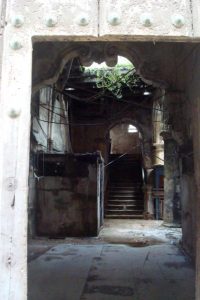 Read more
Read moreAs these images demonstrate, the organization of Cuba’s residential system of electricity is not just poorly maintained but shockingly haphazard in its organization. Wires run every which way as Cubans share meters and illegally erected apartments in order to avoid ...
- Berta Martínez Paez with El Rumbero
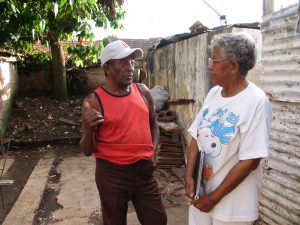 Read more
Read moreLike many Cubans who grow up in tightknit barrios or small towns, El Rumbero refused to be called by any other name. Before 1965 when revolutionary activists shut down the small bars and dance halls where local entrepreneurs and free-lance ...
- Free-lance prostitutes’ republican-era homes
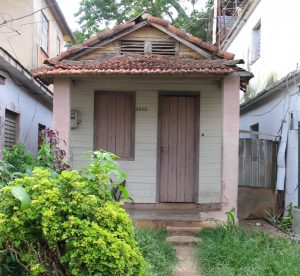 Read more
Read moreAfter several years of working with my beloved colleague and self-taught local historian, Berta Martínez Paez, we set out in July 2008 to document the many “monuments” to the pre-Revolutionary era still in use that told the story of Pueblo ...
- Stalin red Lada
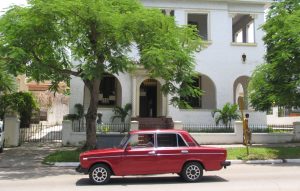 Read more
Read moreDuring the 1970s and 80s, Cuba’s car market witnessed a remarkable flood of two types of Soviet-build cars: the Lada and the “sportier” Muscovy. To no-one’s surprise, the privilege of buying one accrued to only a tiny few, usually professionals ...
- Robertiquín and friends with a new glove and “baseball”
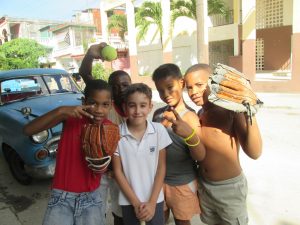 Read more
Read moreProbably one of the most common scenes on the streets of Cuban cities and open fields near towns is that of kids playing baseball. Despite its fame as the country’s national pastime, one of the scarcest items on the island ...
- The return of the “big” onion
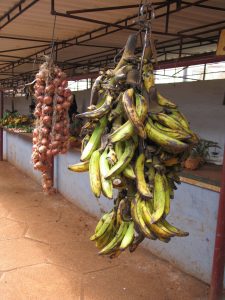 Read more
Read moreCuba’s barometers of abundance often taken unusual form. In this case, the availability of what most foreigners from Latin America, Europe or the United States would see as a normal-sized onion was one of those barometers. For nearly two decades ...
- Merolico at work
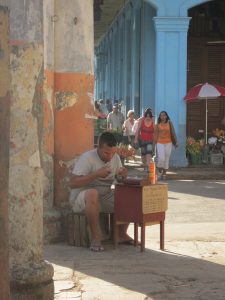 Read more
Read moreOne of the most unusual forms of self-employment to foreign eyes is the refilling of lighters with the extra gas left in a spray bottle once the original product is used. Whereas in the United States such bottles carry warning ...
- Homeless in Havana
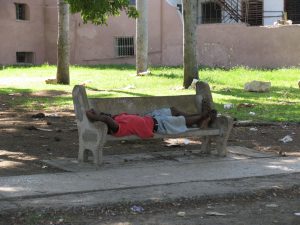 Read more
Read moreDespite government assertions to the contrary, Cubans have suffered housing shortages since the 1970s. Dependence on the government to repair homes and the criminality of buying or selling property, let alone building, until Raúl Castro legalized these options shortly after ...
- Painted house, garden & pool
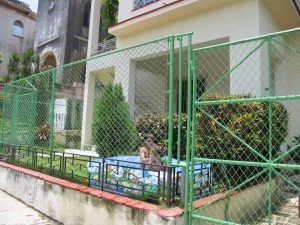 Read more
Read moreLike most foreigners who spend a lot of time in Cuba, I became accustomed over the years to the fact that the vast majority of houses and apartment buildings featured barren, gray façades and walls. Until 1994 when the Cuban ...
- The Have & Have-Nots
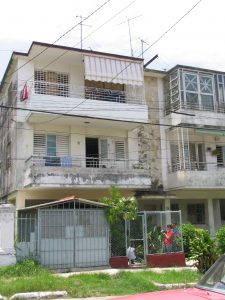 Read more
Read moreRaúl Castro’s formal assumption of state power from his brother Fidel in 2009 coincided with the inauguration of Barack Obama. Suddenly, Western Unions around the United States began allowing transfers of cash, not only from family abroad to relatives in ...
- Cuba Libre breaks free of her shackles – 2007
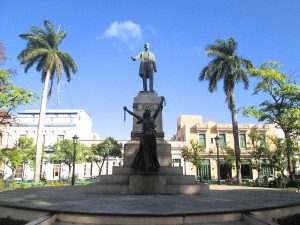 Read more
Read moreErected after the withdrawal of US forces that had occupied Cuba for the first time from 1898-1902, the City of Matanzas’ Central Park doubtlessly features the most dramatic dream of a Free Cuba of all those on the island. In ...
- Collective taxis and the “Chavitos” Era – 2005
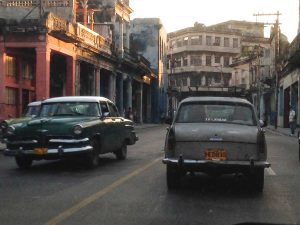 Read more
Read moreIn 2004, the Cuban government reversed its reliance on US dollars and printed a new currency pegged to the dollar and other foreign currency that would substitute for it. Officially stamped as “CUC”, the new bills were promptly nicknamed chavitos, ...
- “Moros y cristianos con todo lo que Dios manda” [Moors and Christians made with all that God commands] – 2008
![“Moros y cristianos con todo lo que Dios manda” [Moors and Christians made with all that God commands] - 2008](https://cubanstudies.history.ufl.edu/wp-content/uploads/sites/173/Landing-La-Lucha2-300x225.jpg) Read more
Read moreAs Cuba moved from austerity to scarcity, certain signs of recovery and growth took hold in the early 2000s, despite state policies that continued to constrain the development of small businesses and small rural landholders. One was the surprising availability ...
- Doves, peace and joy on the Plaza San Francisco
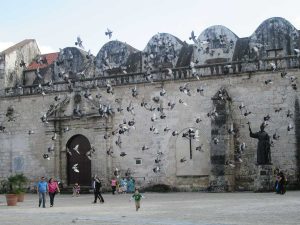 Read more
Read moreAlthough the restoration of Old Havana resulted in the removal of thousands of Cubans who had once made homes out of abandoned colonial buildings, the raw beauty of many spaces and the admiration of foreign eyes contrived to strengthen the ...
- Ángel Ramírez and his wife Diana Sánchez – August 2005
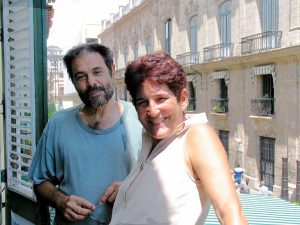 Read more
Read moreThe artist and his wife pose in the sunlight on the balcony of the studio-workshop where Ramírez worked daily in the creation of new works, just across from the Palacio de los Capitanes Generales, the seat of Spanish royal authority ...